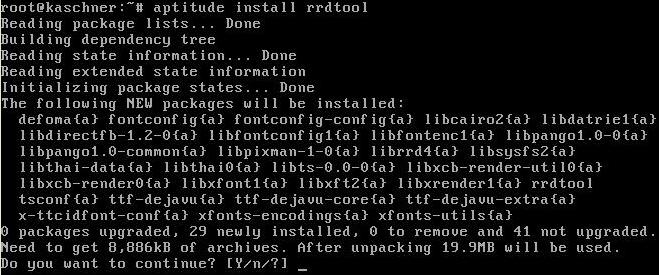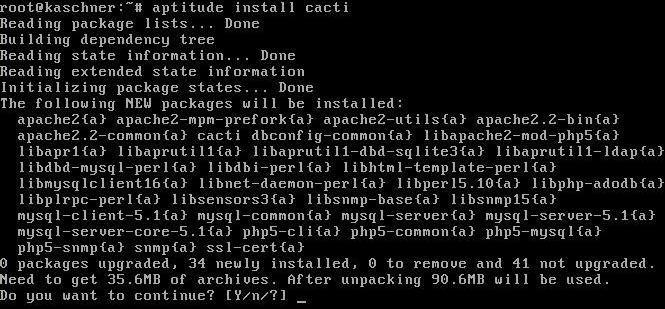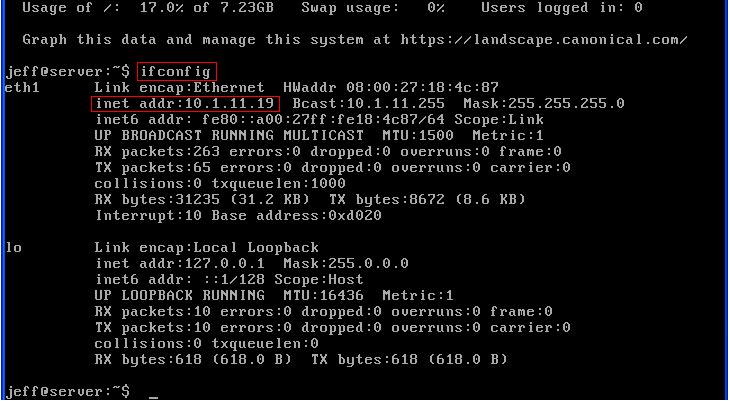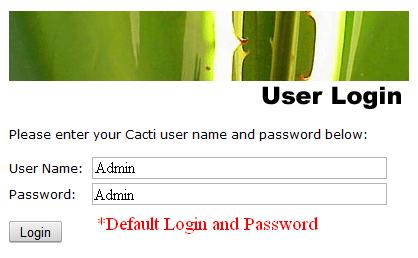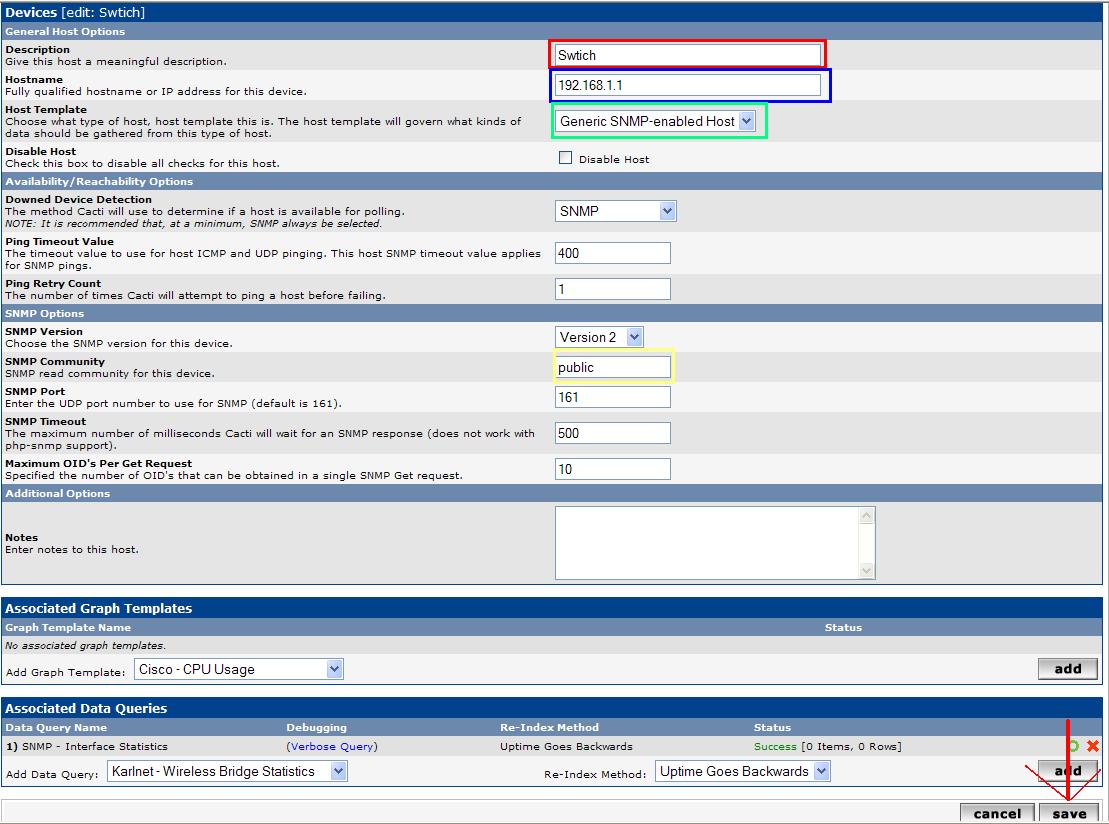Cacti
Jump to navigation
Jump to search
Cacti
Cacti is graphical representation of network traffic over a device. It can be used to monitor network traffic over individual ports to altogether usage. It can be installed in the windows enviroment or you may install it on a Unix-Linux based OS.
Installation
For this installation we will be installing cacti on a Ubuntu virtual box system.
- Step 1. You will need to install three dependicies for cacti you will need RRdTool, Apache2, MySQL with apt-get or aptitude.
- Step 2. Install Cacti using apt-get or aptitude.
- Step 3. Go into the Apache2 folder and change the configuration file /etc/apache2/apache.conf with nano or any text editor. At the end of the file add the line: Include /etc/cacti/apache.conf
- Step 4. In the crontab you will need to create a new task. You can edit this by: nano /etc/crontab . In here you will add a task by putting in this line: * /5 * * * * Root /www/php/bin/php /www/htdocs/cacti/poller.php > /dev/null 2>&1
Usage
- To use cacti you will first need to know where it is on your network. To get the cacti server's IP address in the Linux server type ifconfig.
- Now you will be prompted to login. The default login is admin/admin.
- To configure the devices over on the left side if you are on the console tab there will be a link that is called devices. On this page you will have to set the name for the device. The device's IP address. The Host Template which is the type of device you are going to monitor. The SNMP community is group name you gave to the SNMP permissions on the device. Then click save.
